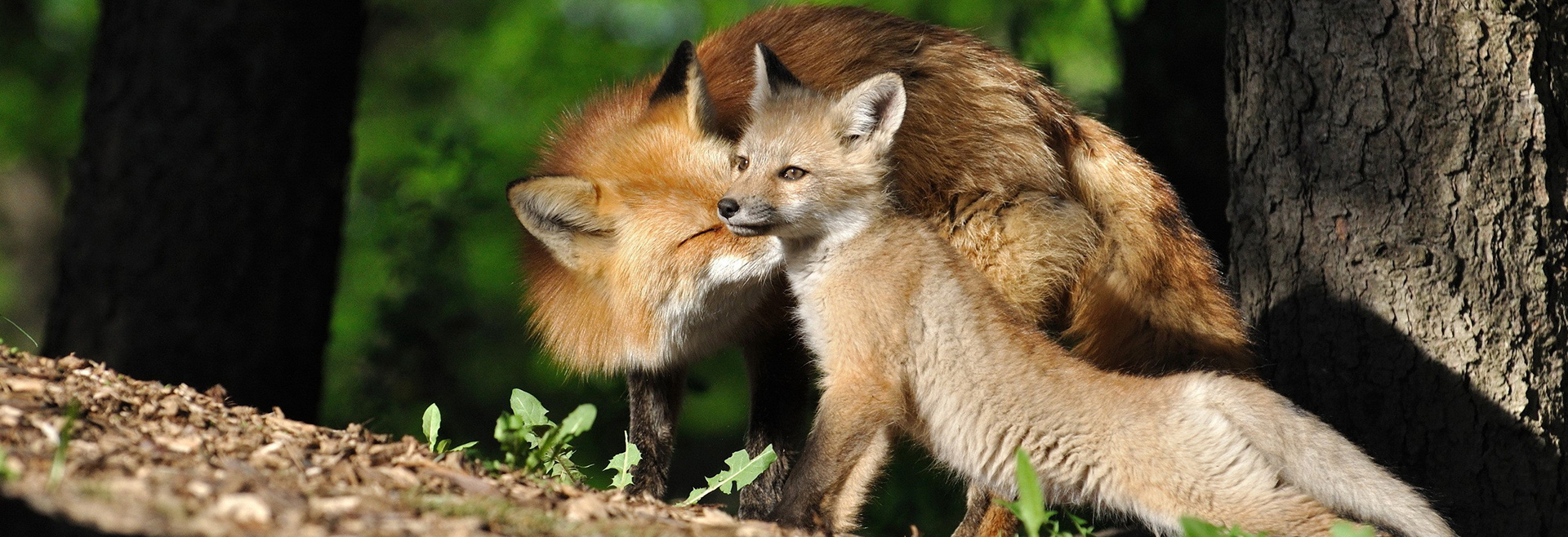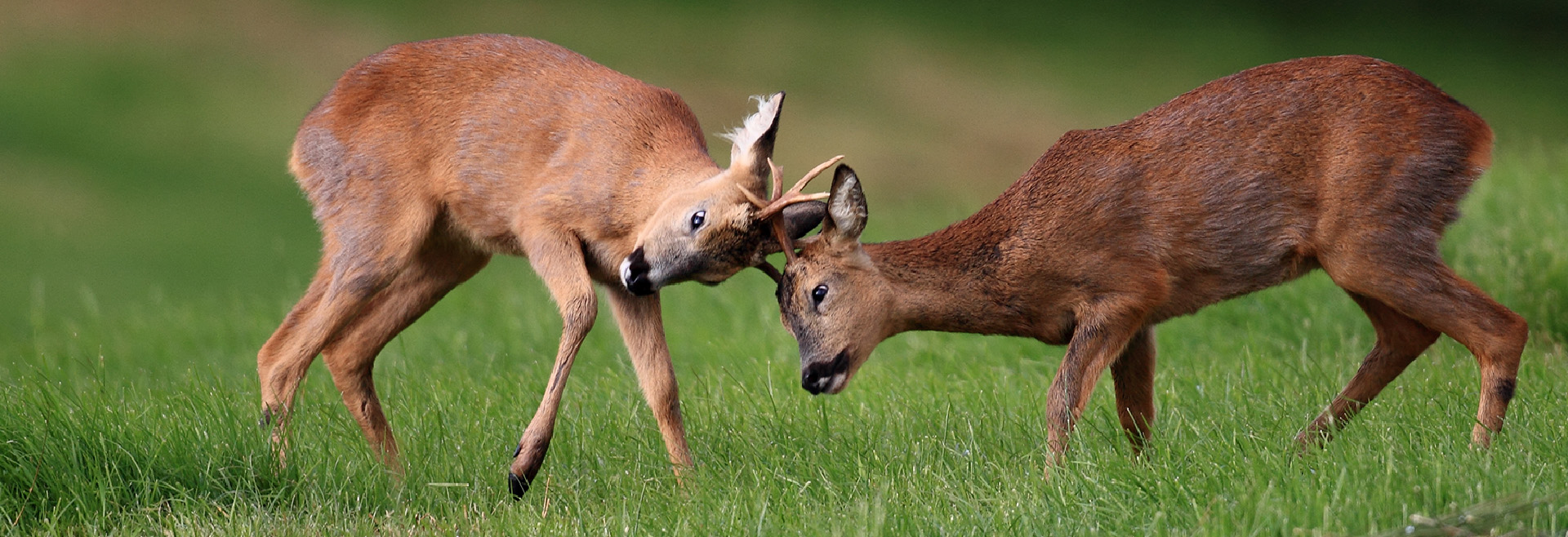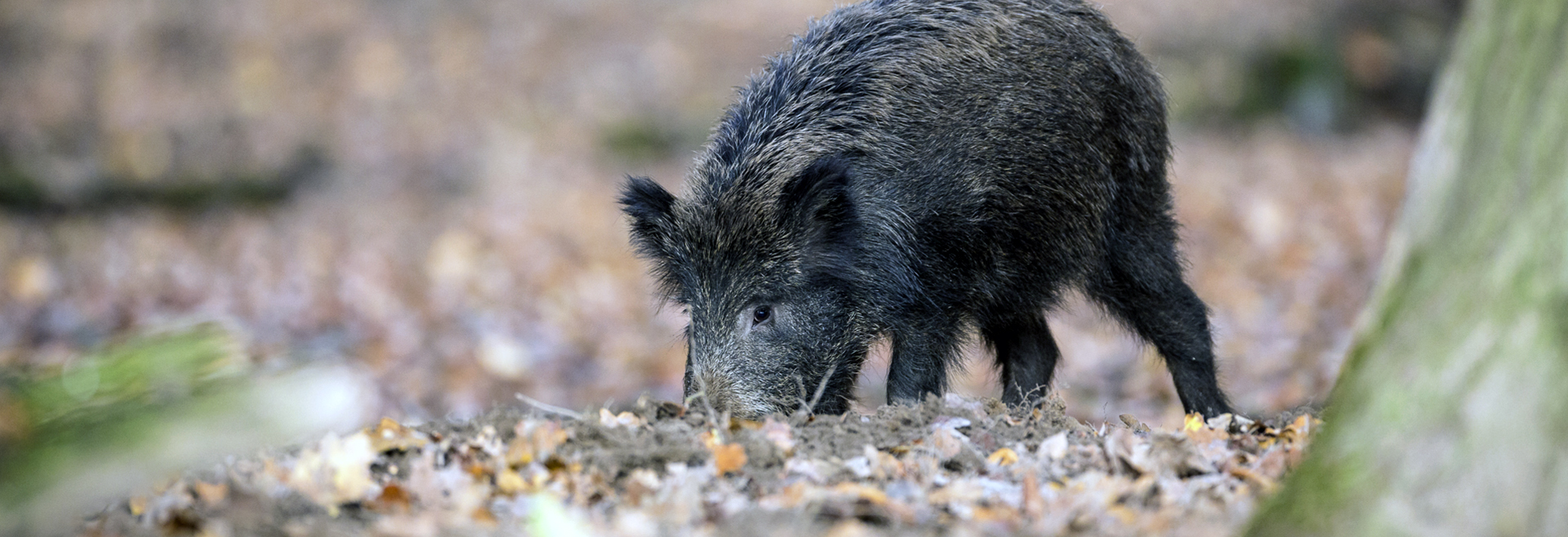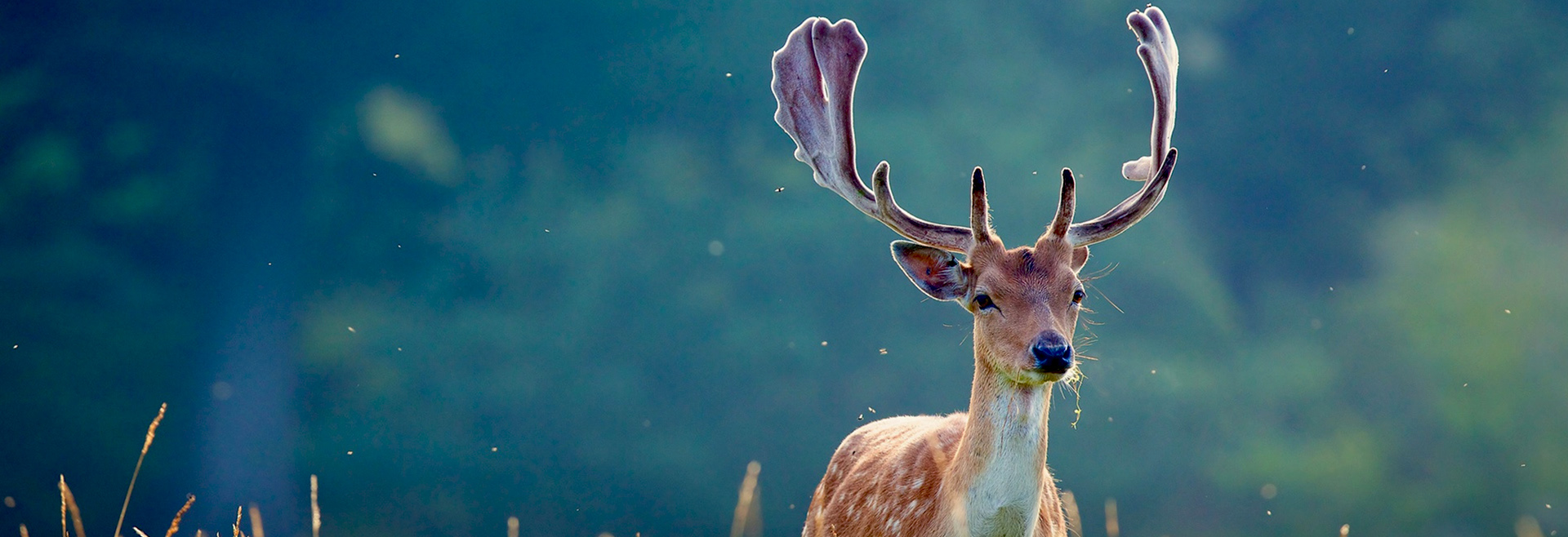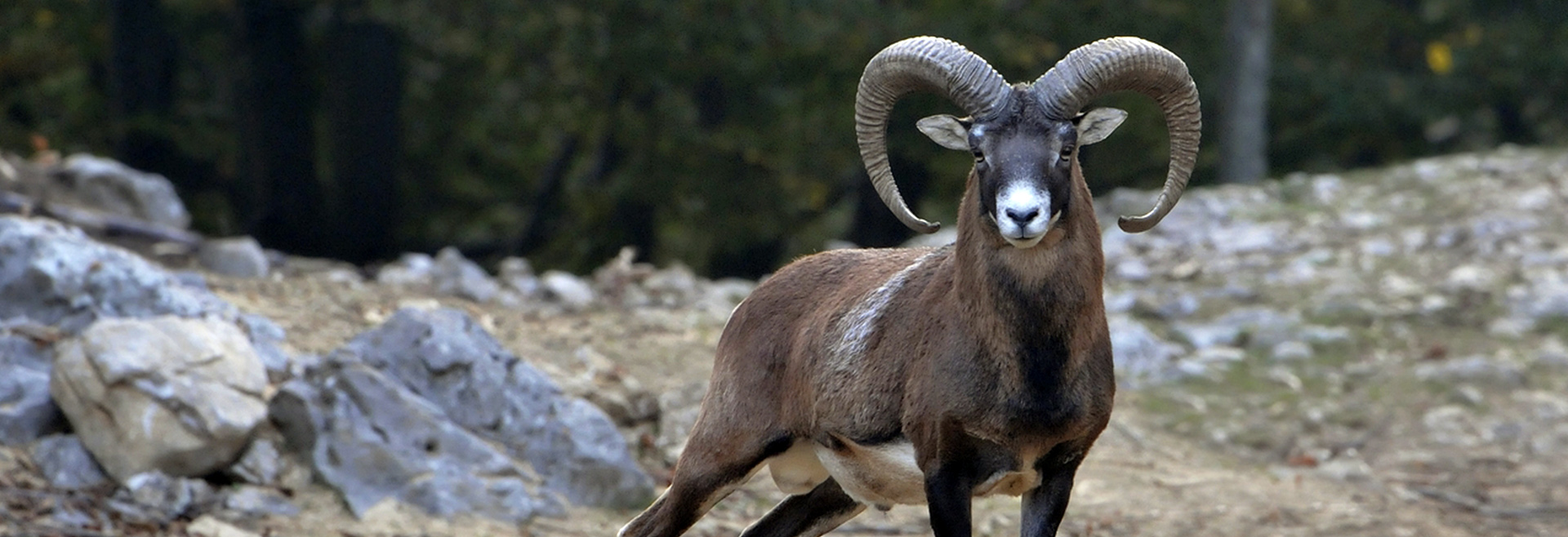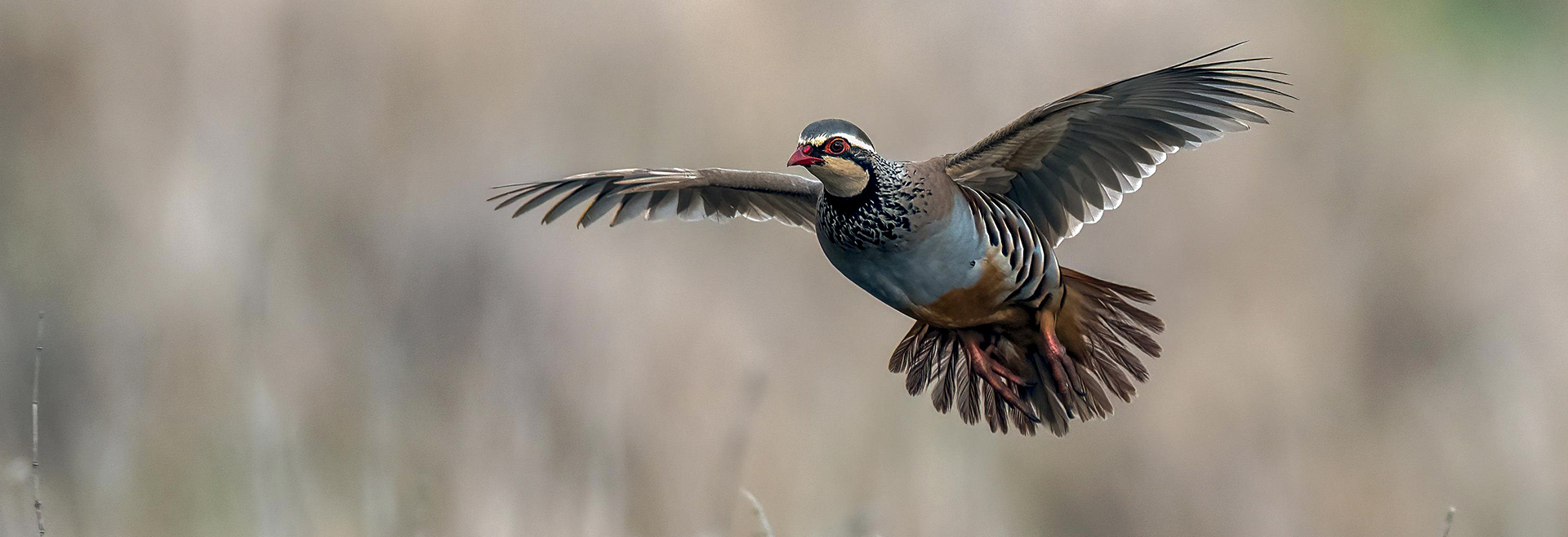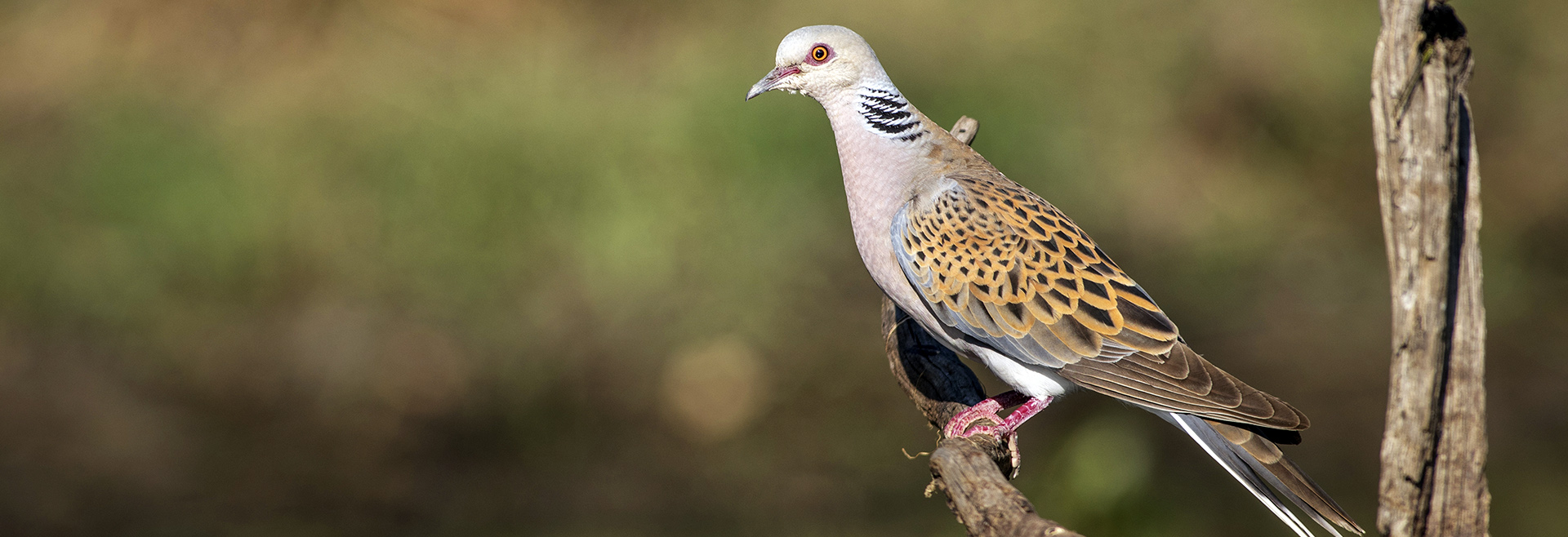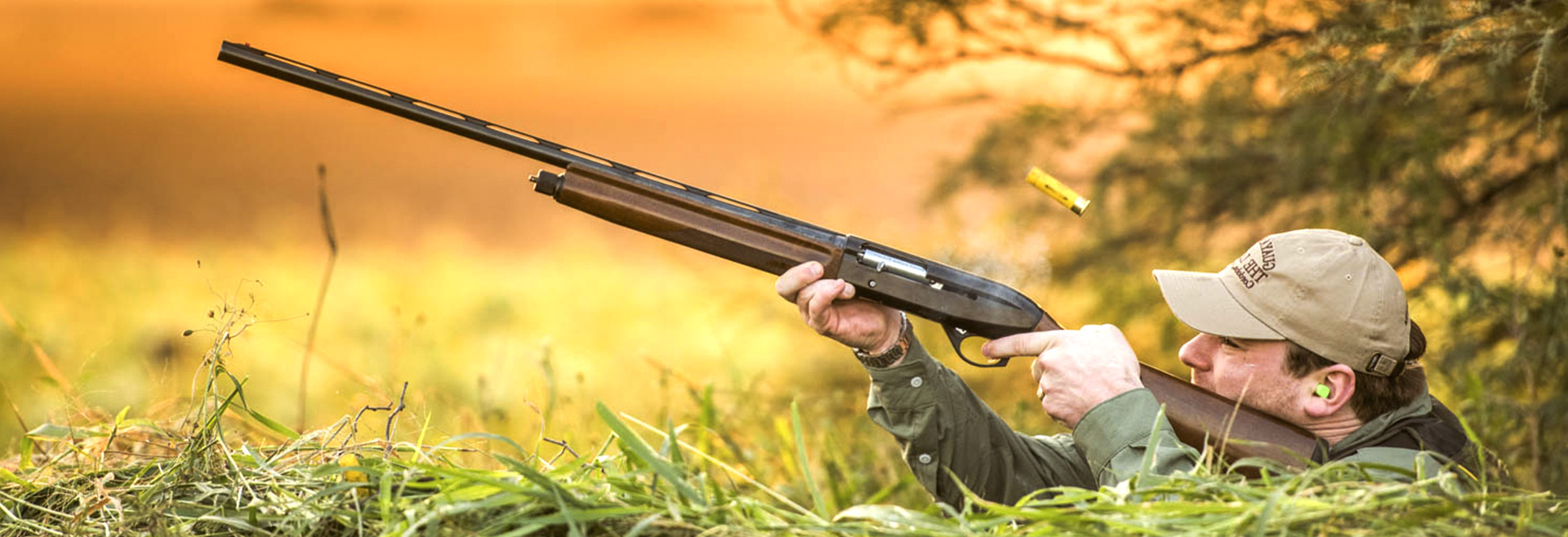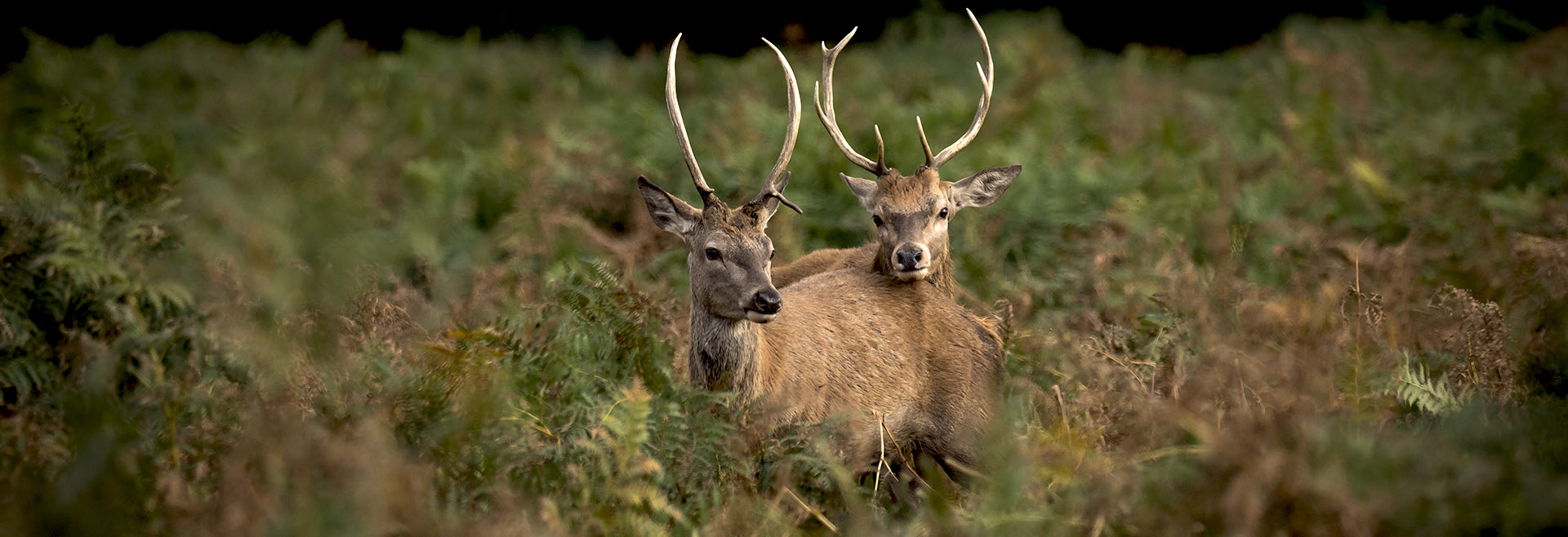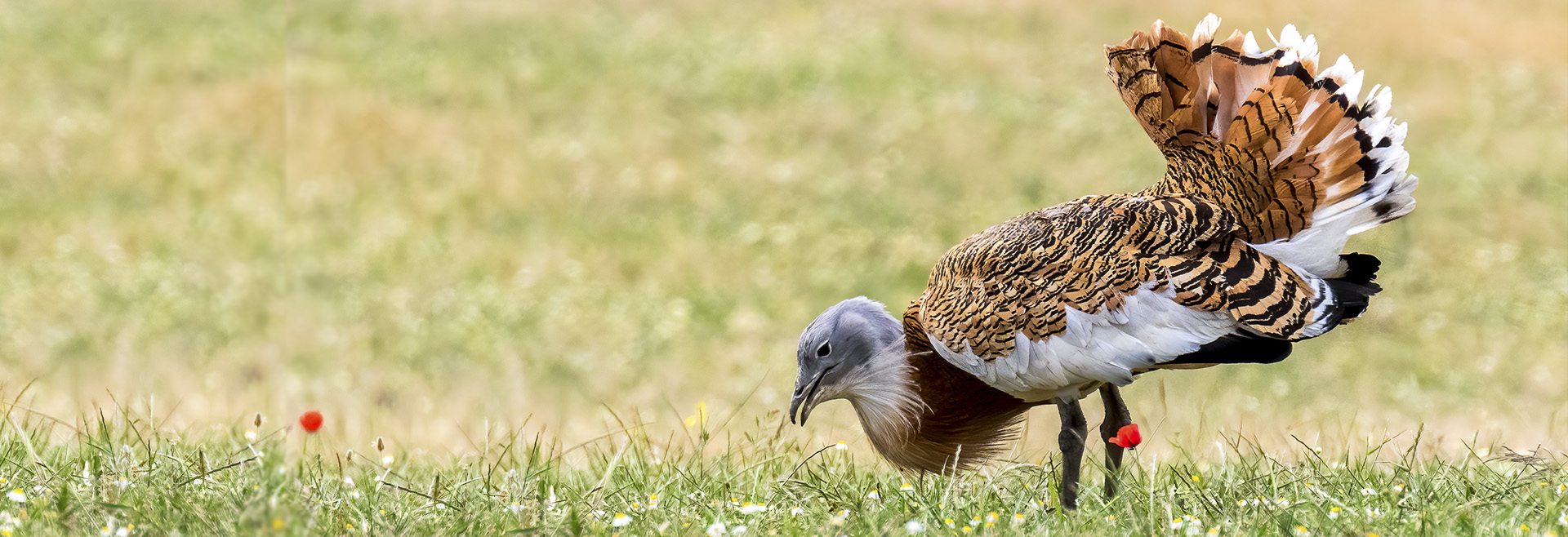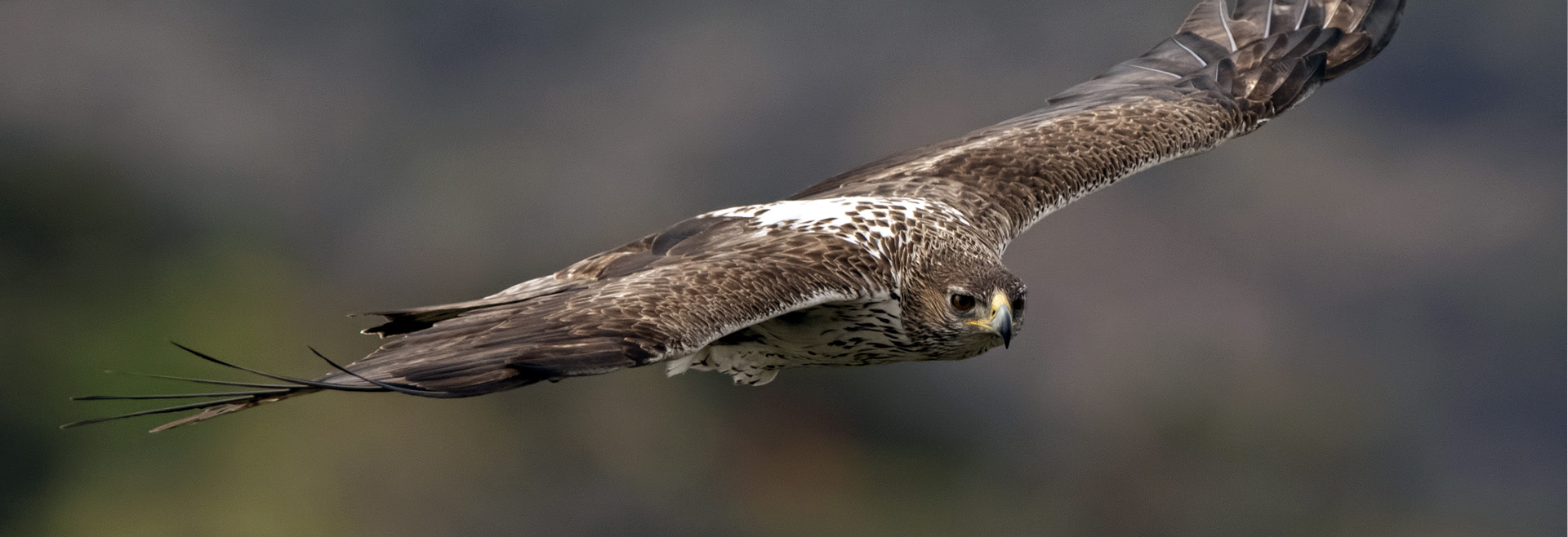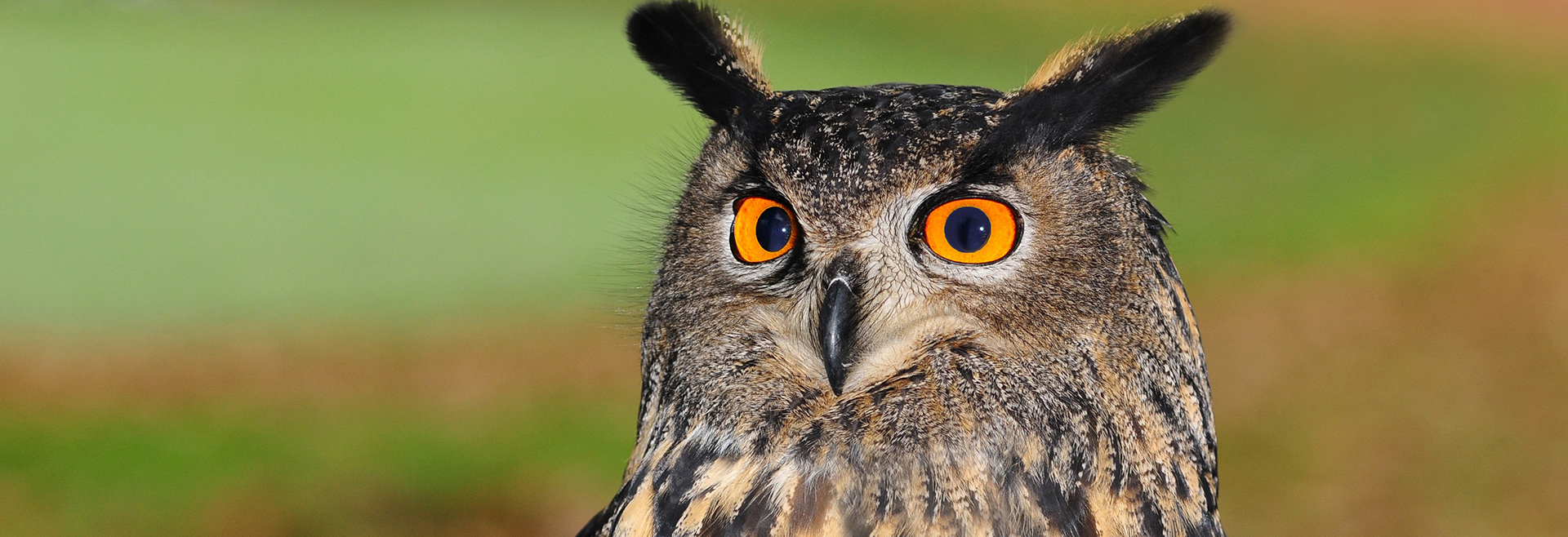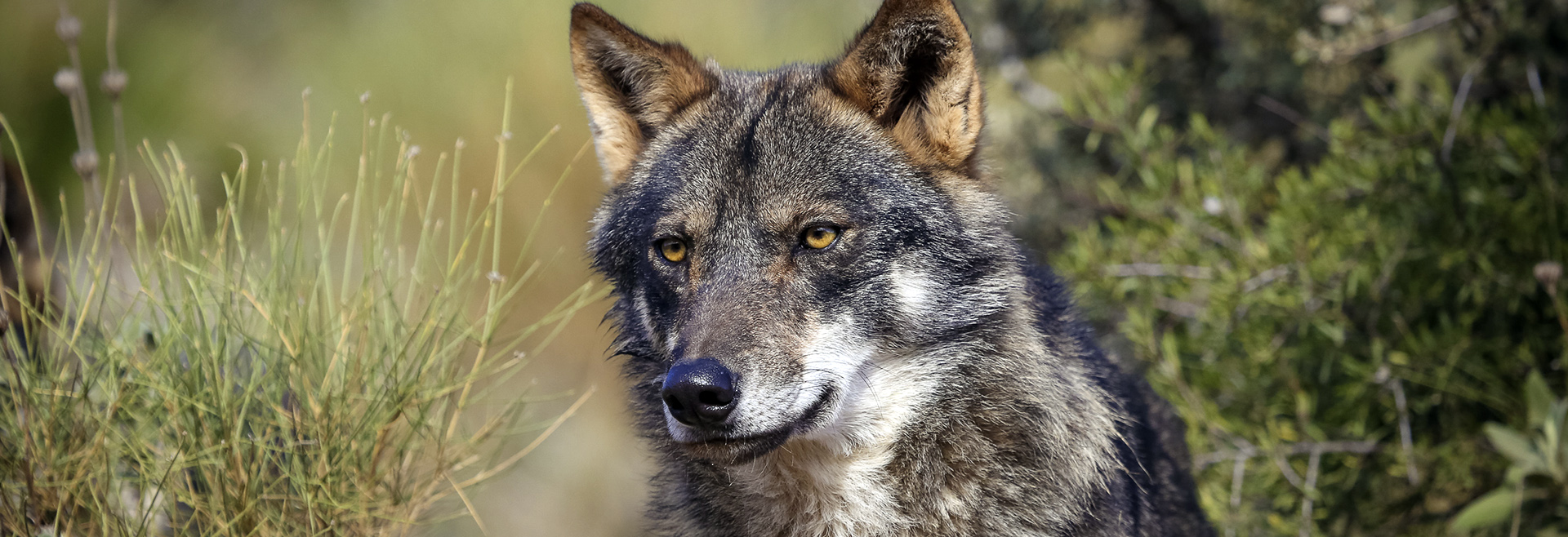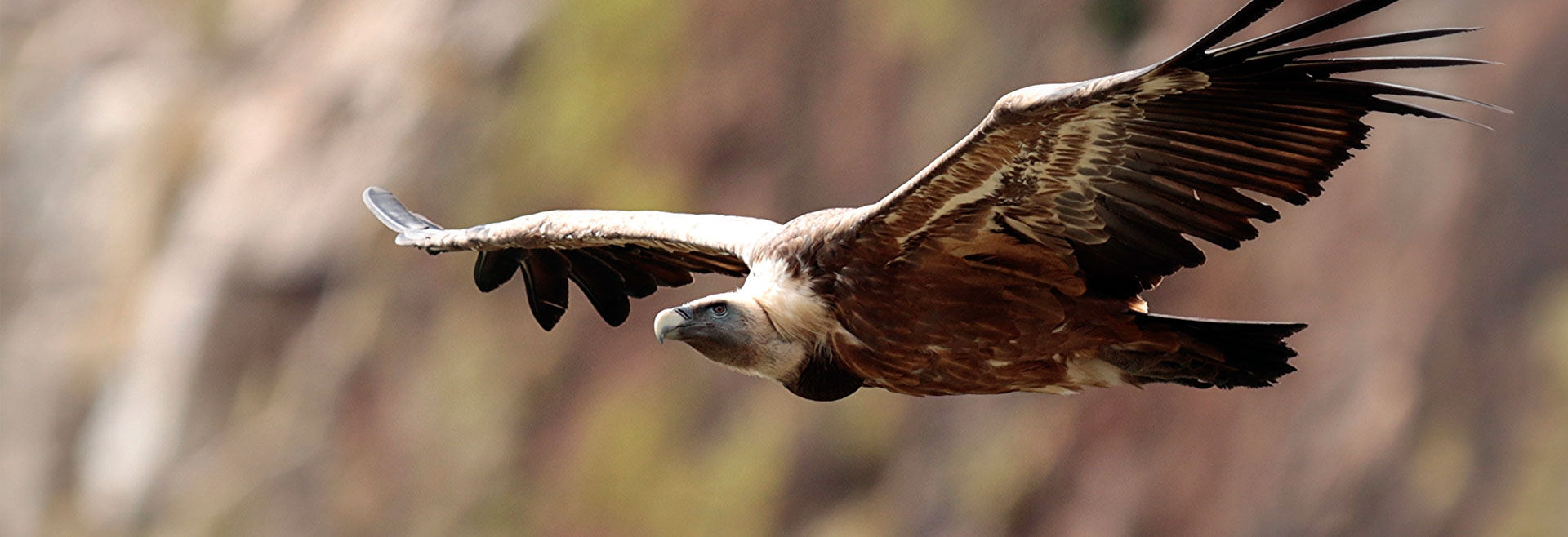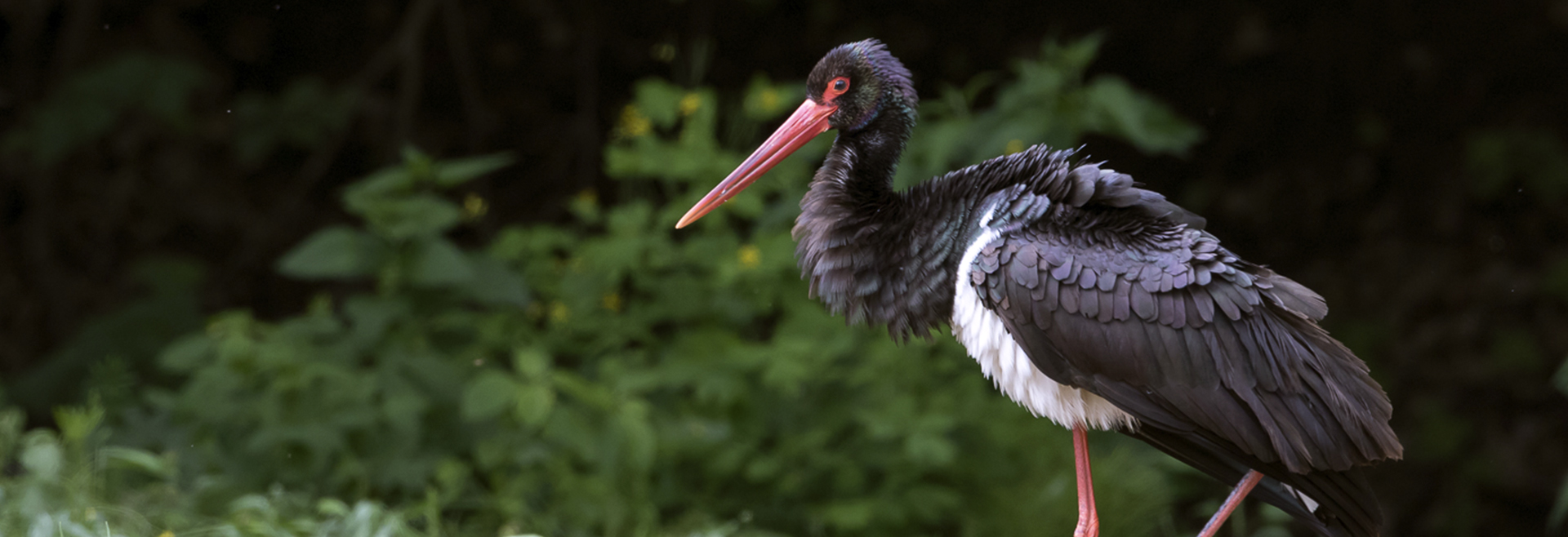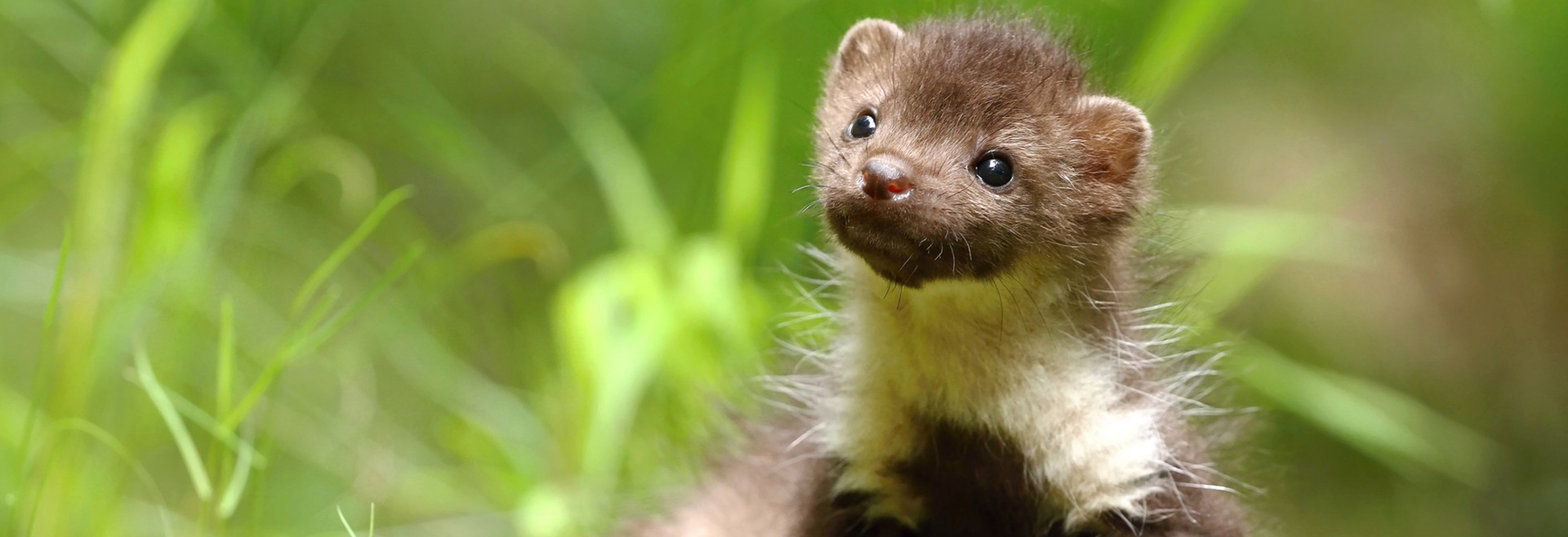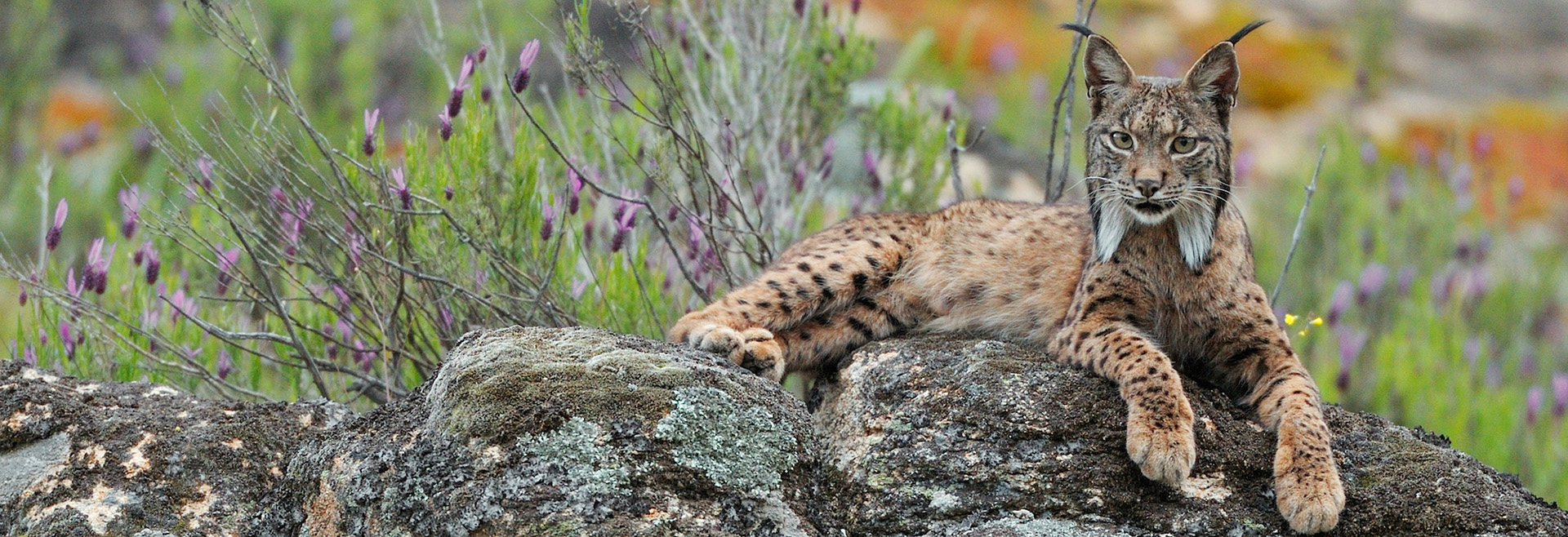Detection of Recombinant Hare Myxoma Virus in Wild Rabbits (Oryctolagus cuniculus algirus)
Tipo de artigo
Artigo Cientifico
Espécie Animal
Lebre Ibérica
-
Veja o artigo
-
RevistaViruses
-
Volume e Páginas12(10), 1127
Autores
Fábio A. Abade dos Santos, Carina L. Carvalho, Andreia Pinto, Ranjit Rai, Madalena Monteiro, Paulo Carvalho, Paula Mendonça, Maria C. Peleteiro, Francisco Parra and Margarida D. Duarte
Ano
2020
Instituição do primeiro autor
Instituto Nacional de Investigação Agrária e Veterinária
Projeto
+COELHO
Resumo
In late 2018, an epidemic myxomatosis outbreak emerged on the Iberian Peninsula leading to high mortality in Iberian hare populations. A recombinant Myxoma virus (strains MYXV-Tol and ha-MYXV) was rapidly identified, harbouring a 2.8 kbp insertion containing evolved duplicates of M060L, M061L, M064L, and M065L genes from myxoma virus (MYXV) or other Poxviruses. Since 2017, 1616 rabbits and 125 hares were tested by a qPCR directed to M000.5L/R gene, conserved in MYXV and MYXV-Tol/ha-MYXV strains. A subset of the positive samples (20%) from both species was tested for the insert with MYXV being detected in rabbits and the recombinant MYXV in hares. Recently, three wild rabbits were found dead South of mainland Portugal, showing skin oedema and pulmonary lesions that tested positive for the 2.8 kbp insert. Sequencing analysis showed 100% similarity with the insert sequences described in Iberian hares from Spain. Viral particles were observed in the lungs and eyelids of rabbits by electron microscopy, and isolation in RK13 cells attested virus infectivity. Despite that the analysis of complete genomes may predict the recombinant MYXV strains’ ability to infect rabbit, routine analyses showed species segregation for the circulation of MYXV and recombinant MYXV in wild rabbit and in Iberian hares, respectively. This study demonstrates, however, that recombinant MYXV can effectively infect and cause myxomatosis in wild rabbits and domestic rabbits, raising serious concerns for the future of the Iberian wild leporids while emphasises the need for the continuous monitoring of MYXV and recombinant MYXV in both species.
-
Palavras-chavecoelho bravo; rabbit; Oryctolagus cuniculus; Myxoma virus; myxomatosis


